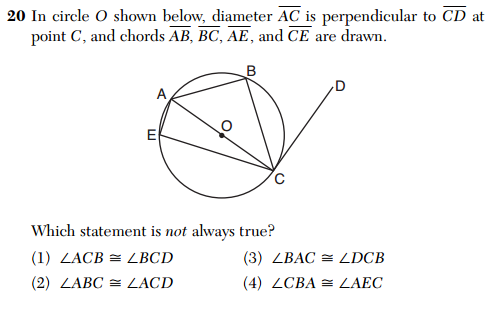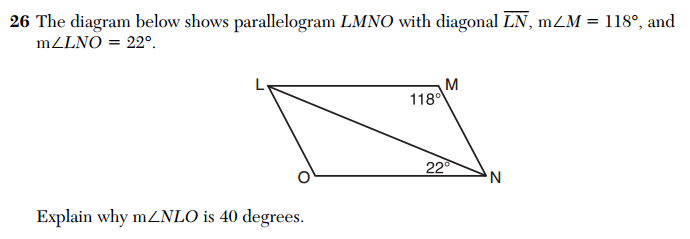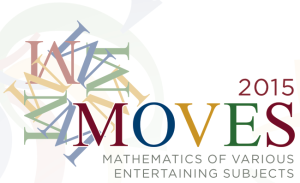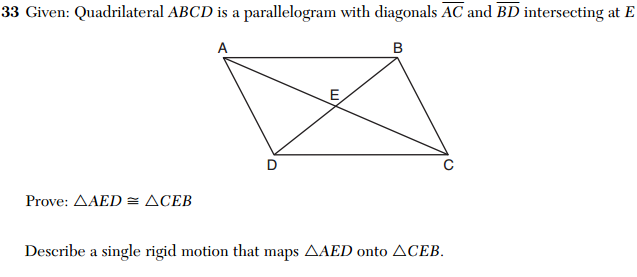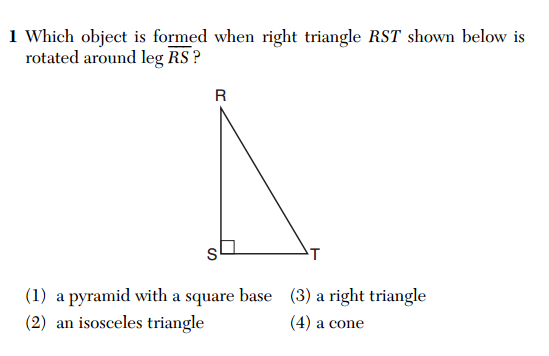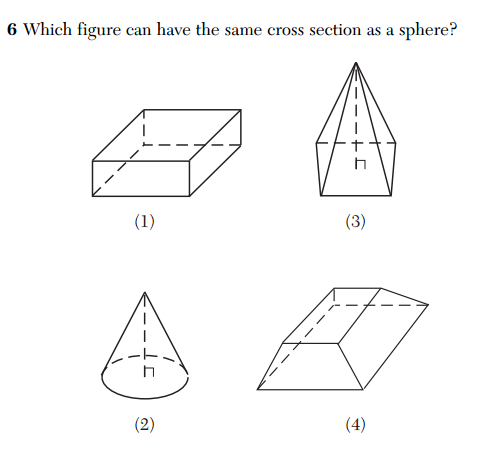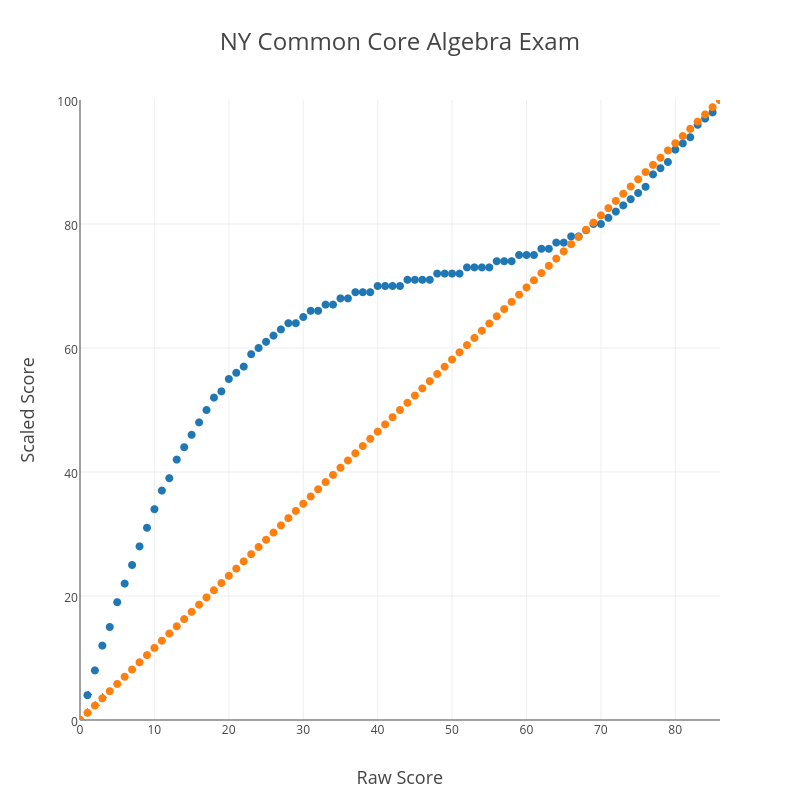Here is another installment in my series reviewing the NY State Regents exams in mathematics.
June, 2015 saw the administration of the first Common Core Geometry Regents exam in New York. This exam will replace the Geometry Regents exam, which was also offered this testing cycle.
The CC Geometry exam has fewer multiple choice questions (24) than the Geometry exam (28). It is worth noting that this change, in and of itself, likely will reduce average scores, as random guessing on those four extra questions would, on average, earn 2 points. The free response sections are structured slightly differently, but not substantially so. These differences mirror those between the new Common Core Algebra exam, introduced last year, and the old Integrated Algebra exam (see here).
The two Geometry exams are not drastically different, though there is greater emphasis on transformations on the CC Geometry exam, which I covered here. However, there are some minor differences that have impact.
First, the multiple choice questions on the CC Geometry exam definitely seem a bit harder, on average, than those on the old Geometry exam. One place this is apparent is the higher frequency of questions that ask the student to identify the false statement, rather than the true statement. Here are two questions similar in content, one from each exam: Question 20 from the CC exam (top) and Question 16 (bottom) from the non-CC exam.
 Generally speaking, I’d say it’s more challenging to identify a statement that is not always true than one which must be true. There are three such problems on the CC exam, compared with one on the old exam.
Generally speaking, I’d say it’s more challenging to identify a statement that is not always true than one which must be true. There are three such problems on the CC exam, compared with one on the old exam.
Question 26 on the CC exam exemplifies the increased emphasis on explaining one’s work.
A more traditional question might simply ask for the measure of angle NLO. Here, the measure of the angle is given, and the student is asked to provide the mathematical justification for that value.
Lastly, our teacher team was somewhat surprised at how closely the exam tracked the sample items that were released by the state. For example, the segment partitioning problem on the CC Geometry exam
was very similar to a sample item
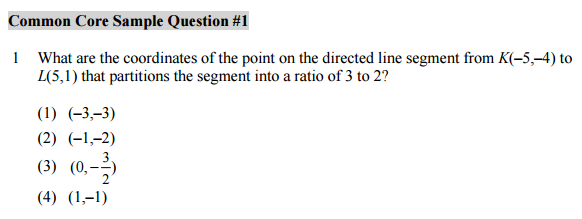 Additionally, the construction problem on the CC Geometry exam
Additionally, the construction problem on the CC Geometry exam
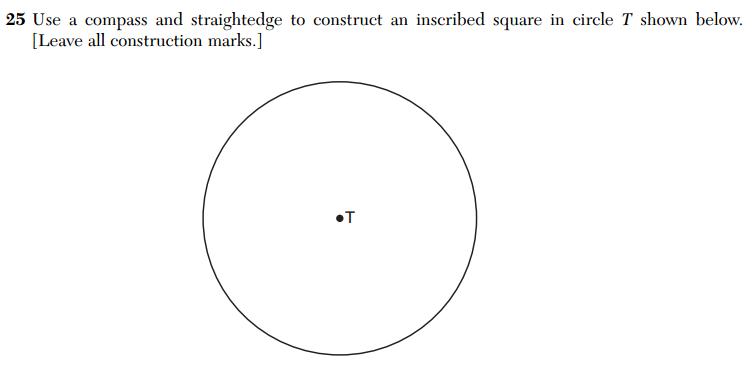 was identical to problem 12 in the Fall sample items.
was identical to problem 12 in the Fall sample items.
Our Geometry teacher team generally found this inaugural CC Geometry exam to be in line with our expectations in terms of content and difficulty. If anything, we were surprised at how unsurprising it was to us.
More the anything related to the Common Core exam, the level of difficulty of the old Geometry exam given during the same cycle surprised us. The multiple choice section seemed to be more challenging than those of past recent exams, which made us wonder if the two exams drew their multiple choice questions from a single pool.
